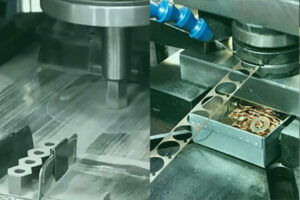
Powder Metallurgy VS. Stamping
Metal components can be manufactured using multiple techniques. Every technique has its pros and cons and a different method of processing. The decision of which
As widely recognized, powder metallurgy (PM) is an excellent way to quickly produce complex small parts.
But for larger or stronger parts, which process is better?
Forging is a good choice.
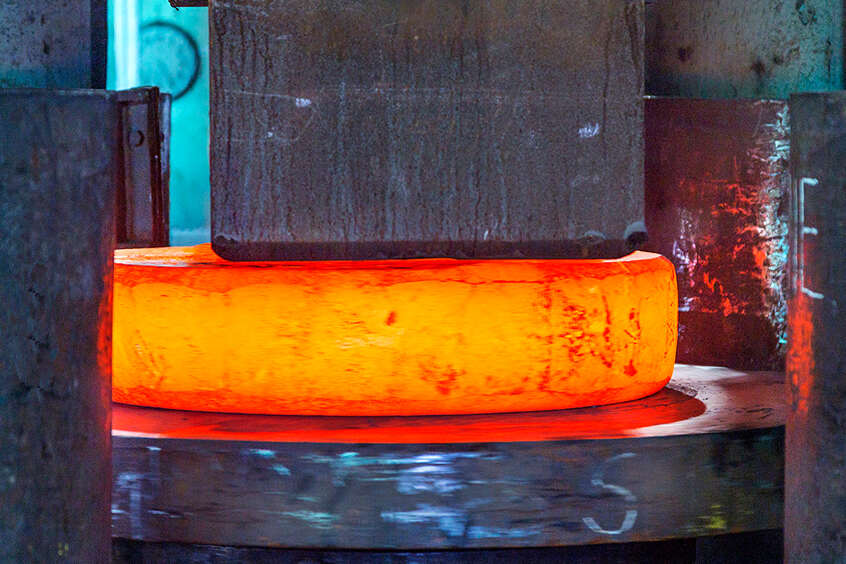
Here, we will give you a detailed comparison of powder metal parts vs. forged parts.
Powder metallurgy process, as the name suggests, uses metal in the form of a powder. The process used multiple stages of production which include mixing, compacting, and sintering as its main stages.
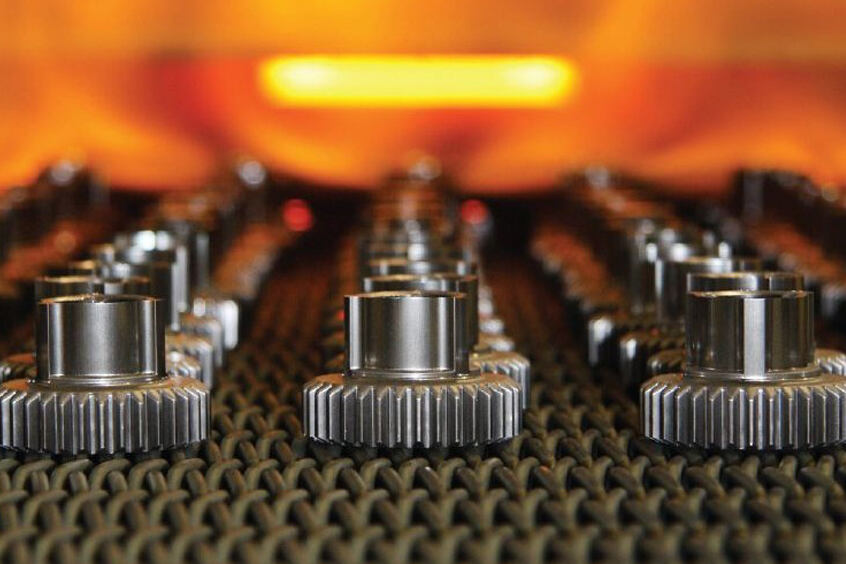
PM manufacturers create parts through the following methods:
Metal powders are compacted uniformly in all directions using high-pressure fluid in a flexible mold at room temperature.
This process combines compacting and sintering metal powders simultaneously in a high-pressure, high-temperature environment using inert gas.
Fine metal powders are mixed with a binder, injected into a mold, then debinded and sintered to form high-density parts.
Rolling mills compress metal powders into sheets or strips before the sintering process.
Billets formed from compacted metal powders are extruded through a die to create components with uniform cross-sections.
Pulsed electric current and pressure rapidly sinter metal powders, resulting in high-density materials.

Powder metal parts have better quality and fewer defects.
These parts have high product consistency because uniform metal powder is mixed during blending process.
Powder metal parts have low cost per unit, mainly for the 2 reasons:
Metal powder forming is easier than other processes. Therefore, PM has high design flexibility in producing parts with complex shapes and intricate features.
Powder metallurgy has a high material utilization rate. Defective parts after molding can be turned into metal powder for reuse.
High Cost of Raw Materials
Metal powders used in PM usually cost more than bulk metals. Because producing fine, high-purity powders requires complex processes.
Tolling cost
PM tooling requires high precision and complexity, leading to higher costs.
Parts size
Compared to forged components, powder metal components are smaller due to the limitations of compaction and sintering equipment.
Porosity problems
Powder metallurgy components can exhibit porosity, which affects their density, strength, and overall mechanical properties.
Mechanical Properties
Generally, powder metallurgy parts have lower ductility and impact strength compared to wrought or forging parts. Therefore, they are not well for products with higher strength requirements.
Forging is an ancient manufacturing process that shapes components by hammering, pressing, or rolling metal.
As early as the Warring States Period in China, people used forging technology to produce weapons.
Most forging processes utilize dies to shape and form the metal, especially those that require precise and complex shapes.
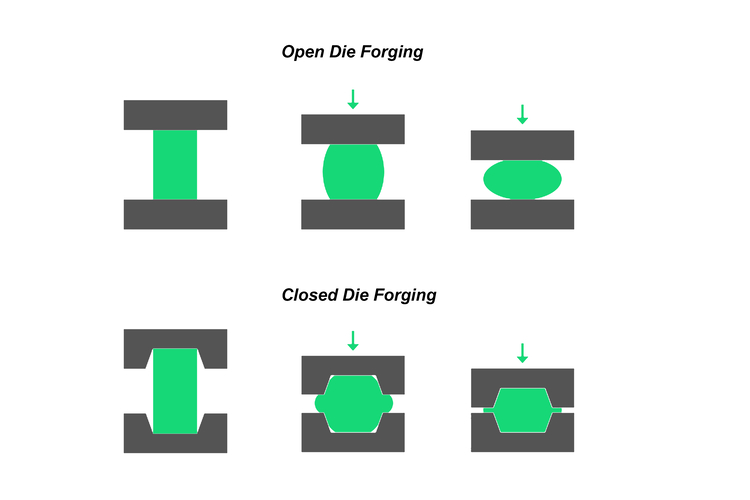
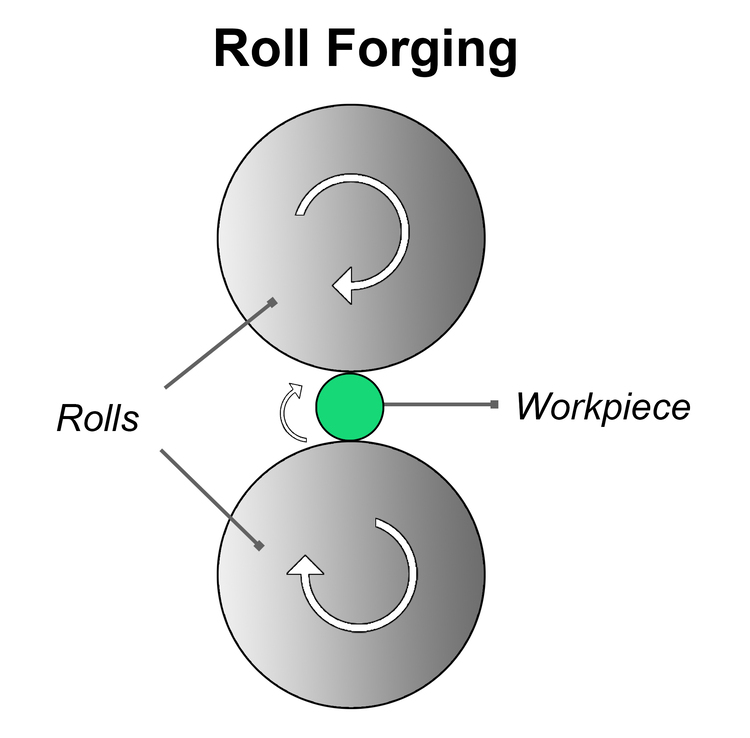
Besides, it is an efficient and economical metal manufacturing process that can be used to produce a large number of parts at low cost.
Below is a comparison of powder metal parts vs. forged parts.
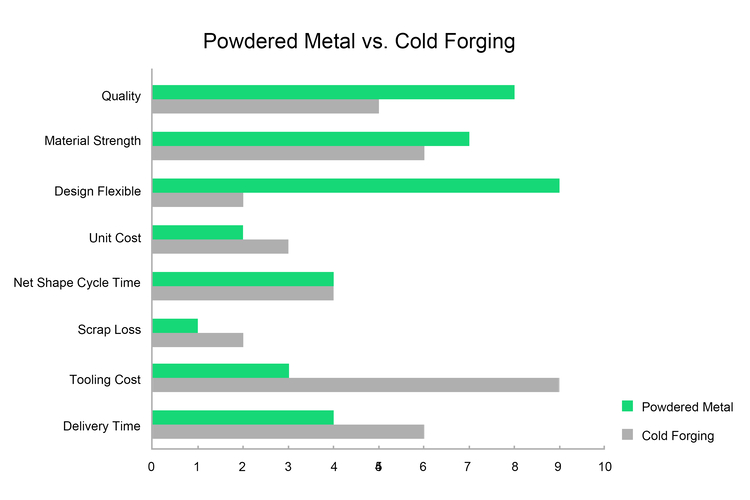
This technique is ideal for forging difficult materials and achieving precise tolerances.
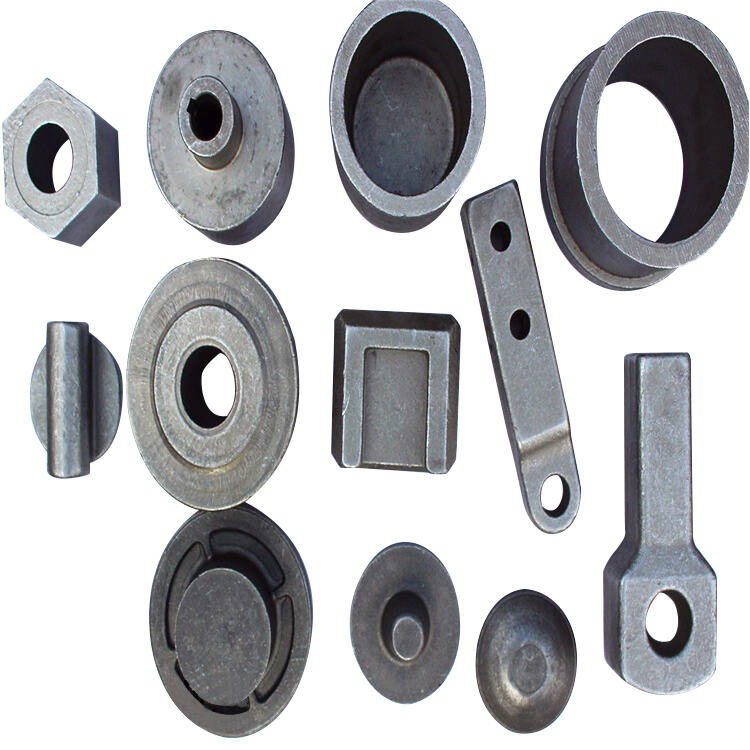
Quality
Forged components possess exceptional tensile strength. According to the University of Toledo, the tensile strength of parts produced by forging is 26% higher than those produced by casting. Besides, forged parts exhibit high ductility and respond better to heat treatment compared to parts produced by other process.
Fatigue strength
Other metal manufacturing methods cut grain flow lines, while the forging process maintains grain flow. Therefore, forging parts have higher resistance to fatigue. This improves the service life of the product.
Production speed
Forging requires only one or a few presses to quickly produce the final part geometry. So the production efficiency is relatively high.
Tooling cost
Compared with powder metallurgy, the die used in forging is relatively simple and cheaper.
Material utilization
Waste is a major problem in metal manufacturing. This is rarely the case with forging. The burrs and scraps left over from the forging process can be recycled.
Shape Complexity Limitations
Forged parts are typically machined into simple shapes.
Need second processing
Many forgings require additional machining and finishing processes to achieve the final dimensions and surface finish.
Environment problem
Some forging processes require high temperatures, and fuel combustion may produce harmful gases and pollute the environment.
There must be a question about which process most suitable for your projects. Well, the answer to this is that it depends on the project.
Selecting between powder metallurgy (PM) and forging depends on various factors such as:
If the product size is large and the strength and fatigue resistance requirements are good, you can give priority to forging.
For complex shapes and high-volume production, powder metallurgy is likely the better option. Powder metal parts generally have the advantage of being closer to net shape than forged parts.
Generally, it takes about two to three weeks to produce forging dies and samples, and about one month for mass production.

Metal components can be manufactured using multiple techniques. Every technique has its pros and cons and a different method of processing. The decision of which
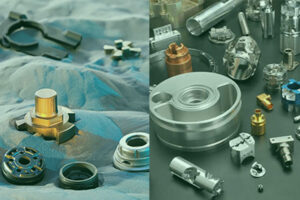
Metal components are used widely in many applications and are manufactured using different processes. Multiple industries rely on different components, so they need to be
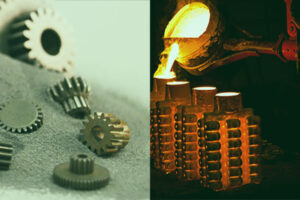
Manufacturers tend to use casting when considering cost performance and higher product strength. However, it also has disadvantages, such as material waste. You may be
More than 10,000 developed powder metallurgy products, including sintered gears, pulleys, impellers, sprockets, hubs, rotors, oil bushings, etc., Get free samples without a tooling fee before placing an order!
BLUE MACHINES is a leader in powder metallurgy manufacturing, providing a full set of powder metallurgy processes, from designing, tooling, compacting, sintering, sizing, and hardening to the final finished products.
Find your sintered parts in our shop without tooling fees.
Email: [email protected]
Copyright © 2024 NINGBO BLUE MACHINES CO., LTD. | All Rights Reserved.